Reflection by Bishop Enrique Díaz: A wound that gives life
Second Sunday of Easter
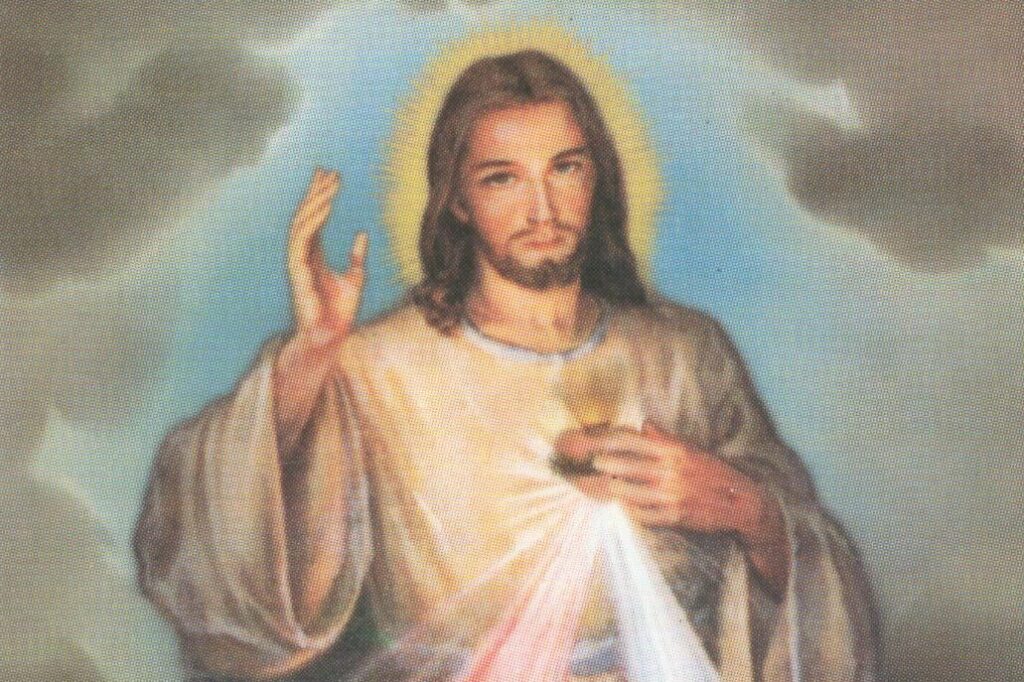
Mons. Enrique Díaz Díaz shares with Exaudi readers his reflection on the Gospel of this Sunday, April 7, 2024, titled: “A wound that gives life”
***
Acts 4, 32-35: “They had one heart and one soul”
Psalm 117: “The mercy of the Lord endures forever. Hallelujah”
I Saint John 5, 1-6: “Everyone who is born of God overcomes the world”
Saint John 20, 19-31: “My Lord and my God!”
Sunday of mercy, Sunday of the close presence of Jesus, Sunday of true peace. This day we have one of the most beautiful and moving gospels and not so much because of the sympathetic or anecdotal situation of the unbelieving Thomas, who also has a lot to teach us, but because in a few moments the entire perspective and situation of the disciples is changed. They were in the dark, at dusk, locked up, in fear and disbelief. When Jesus appears, as if a stage were filled with light, everything becomes illumination, joy, peace and a new mission to forgive sins. This scenario ends with the statement: “so that, believing, you may have life in his name,” which shows us the true purpose of the entire mission of Jesus. Everything changes with the presence of the resurrected Jesus. Those of us who call ourselves believers often live the same situation as the disciples, we are immersed in the old creation; we have not seen or experienced the resurrected one; empty, hollow, hidden communities, withdrawn into themselves as if Christ had not been resurrected. But the presence of Jesus changes everything if we allow ourselves to experience it, touch it and let ourselves be touched by its light.
Of capital importance is the greeting of Jesus, who insists up to three times: “Peace be with you” and not as something external, because the insidiousness and difficulties on the part of the Jews will continue, in fact, they will worsen every day. Jesus offers true peace, inner peace, the peace that is in harmony with one’s own heart. It is curious that in some of the Mayan languages to express uneasiness or concern it is said that one walks “with a double heart”, because one cannot find peace. Peace is true unity, both internally and externally. We can say that for the first disciples, the resurrection was an experience that filled them with peace. Today the word peace with difficulty means absence of war, cessation of violent acts. But for the Israelites, peace or “shalom” designates the harmony of the human being with himself and with others, with nature and with God. It is having life in fullness and for everyone, in coexistence, in respect and in justice.
The peace that Jesus offers and that he asks to build is not the superficial peace of those who do not want to get into trouble and prefer to “not see” or “hide” wounds, difficulties and problems, as if this could solve them. But we know well that a wound that does not heal festers and rots. Perhaps that is why Christ today, before sending his disciples, shows them his wounds and perhaps that is also why Saint John insists on the stubbornness of Thomas, to make us see very clearly that the resurrected one is the same one who was crucified and the opposite of the crucified one has risen The triumph has not come without going through pain, but neither has the cross ended in failure. It has been a path of surrender that makes possible the triumph over death and selfishness. Now Jesus also wants his disciples to give life and that is why he sends them his Spirit that empowers and encourages them.
A very significant gesture highlights the presence of the Spirit: “he breathed on them and said to them: ‘Receive the Holy Spirit’” This action associates the reality of forgiveness with the presence of the Spirit. With a “breath” or breath, God turned man into a living being. With this new “breath” or breath of the resurrected Jesus, the human being is re-created. For this reason, the resurrection is present, it is lived and recognized where we fight for life and fight against everything that dehumanizes and kills. To believe in the resurrection today is to commit to a more human, fuller and happier life. It is committing to peace and overcoming violence, hatred and division.
Touching the wound of others, seeing the wound of Jesus in each of the brothers, is the path to conversion. Feeling the pain of one’s brothers and sisters and assuming it as one’s own, sharing it, is the way to encounter the Risen One. Avoiding pain, not wanting to assume it, hiding our sores and not wanting to heal them, does not lead us to healing. On the other hand, manifesting the wound, seeking healing, is the path of restoration. This day also celebrates Christ in a special way as Lord of Mercy, we will go to Him manifesting all our pain and all our wounds, infected and rotten, only He can heal them. Forgiveness offered and forgiveness granted lead us to true mercy and reconciliation. This is how Jesus has done it, no reproach for abandonment and denials, only amnesty and salvation. It is the mission of the Church, of each of us as the Church: to forgive and reconcile.
Have we left our fears and fears behind by contemplating the risen Christ? What are we doing to heal our world from the wounds of hatred, of revenge? Are we capable of forgiving and forgiving ourselves? How do we accept and heal our own wounds? What do we do to build true peace?
God of eternal mercy, who revives the faith of your people with the annual celebration of the Easter celebrations, increase your grace in us, so that we may fully understand the inestimable richness of the baptism that has purified us, of the Spirit that has given us life. new and of the Blood that has redeemed us. Amen.
Related
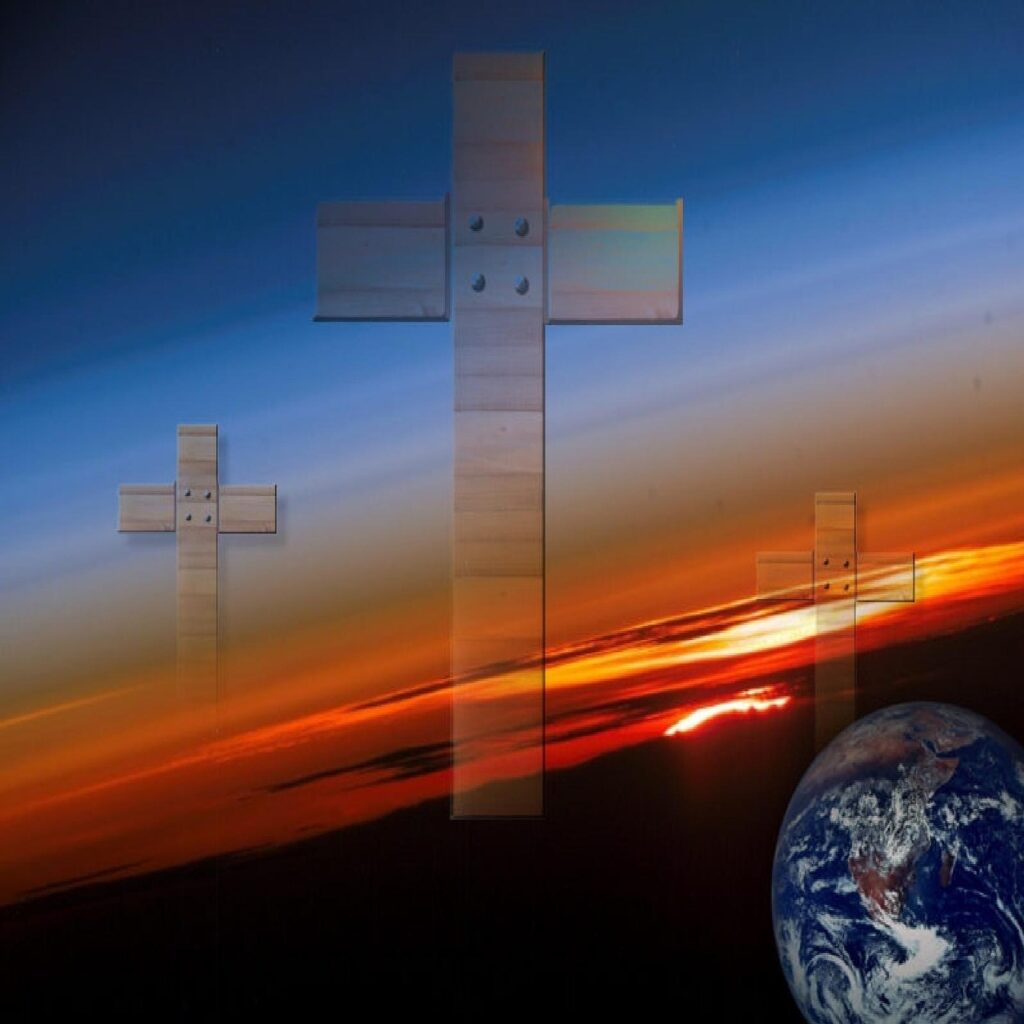
Reflection by Bishop Enrique Díaz: The Lord’s mercy is eternal. Alleluia
Enrique Díaz
27 April, 2025
5 min
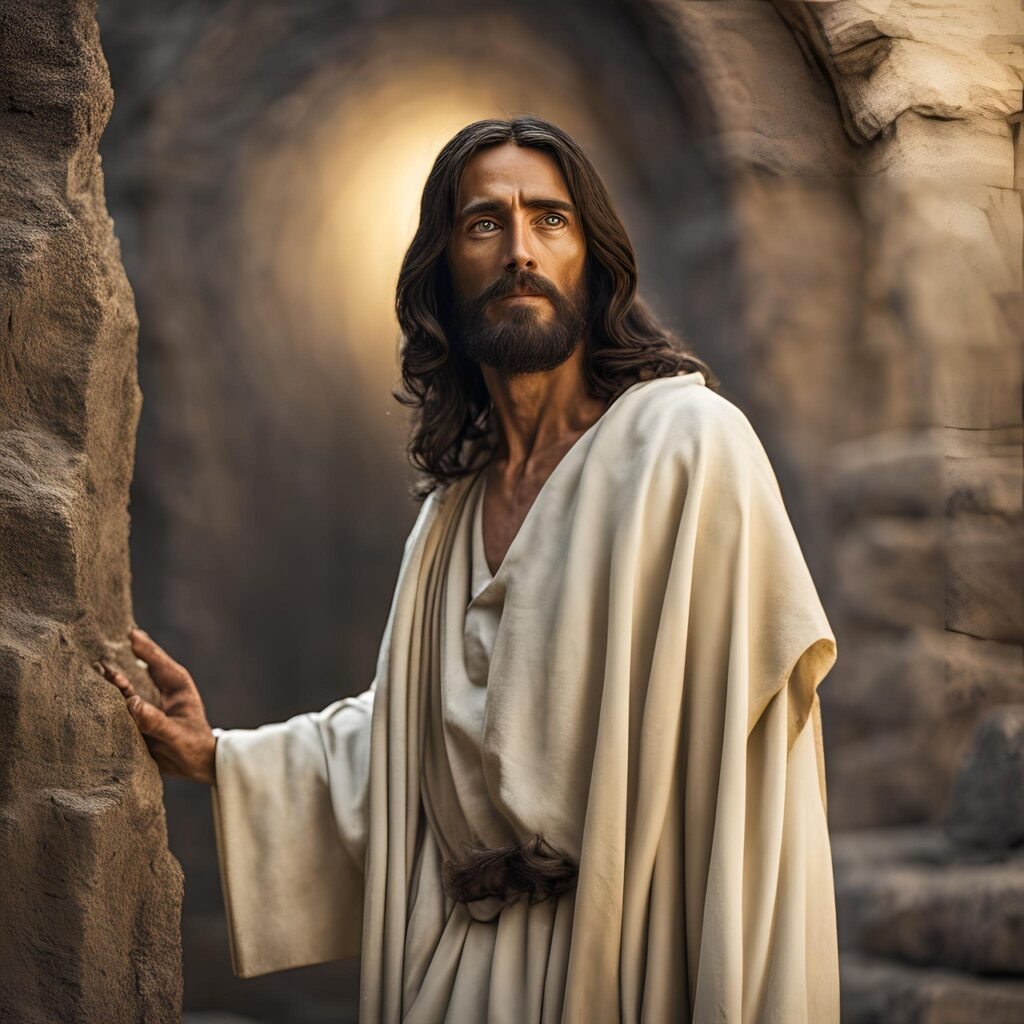
After Eight Days Jesus Arrived: Commentary by Fr. Jorge Miró
Jorge Miró
26 April, 2025
3 min
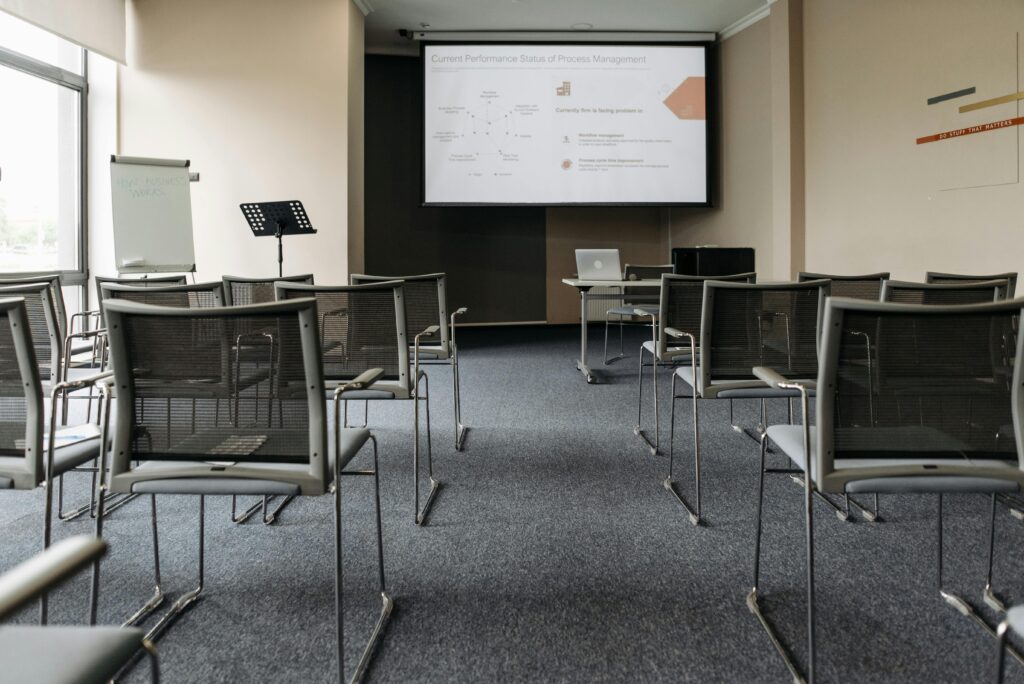
The Perspectivas del Trabajo Foundation is founded with the aim of promoting virtues for professional development
Exaudi Staff
25 April, 2025
2 min
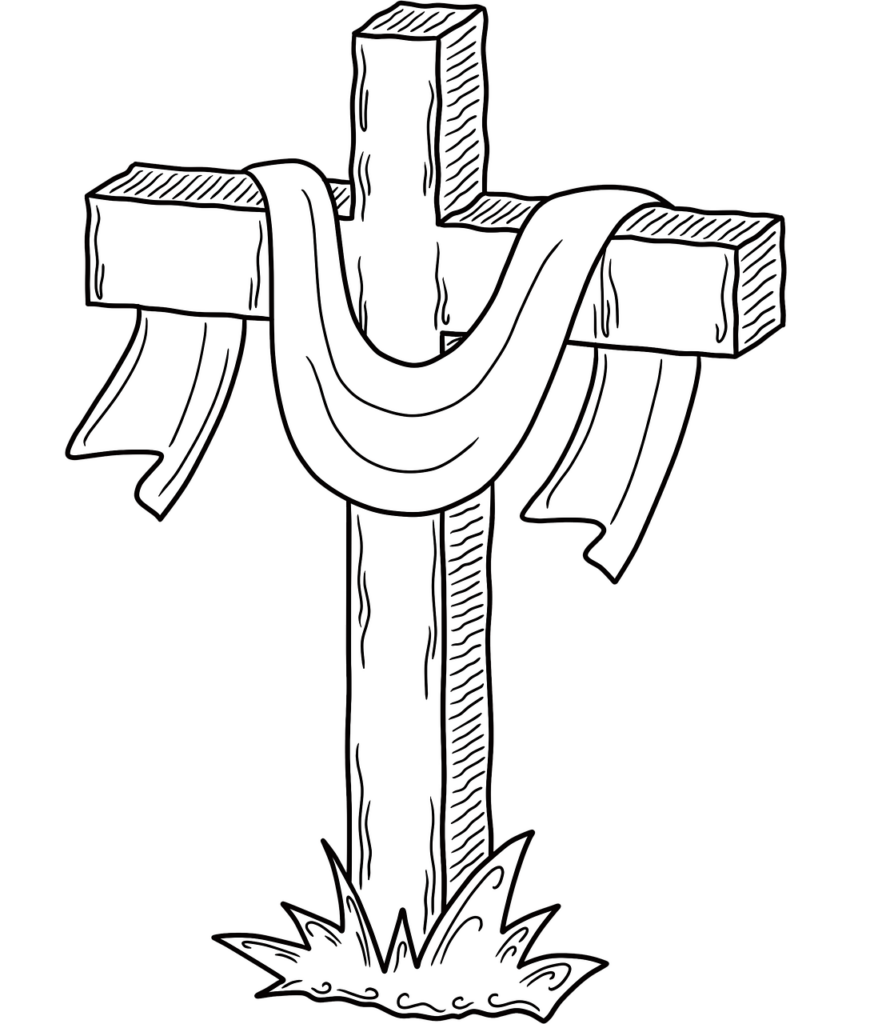
Reflection by Bishop Enrique Díaz: Alleluia, alleluia
Enrique Díaz
20 April, 2025
5 min
 (EN)
(EN)
 (ES)
(ES)
 (IT)
(IT)

